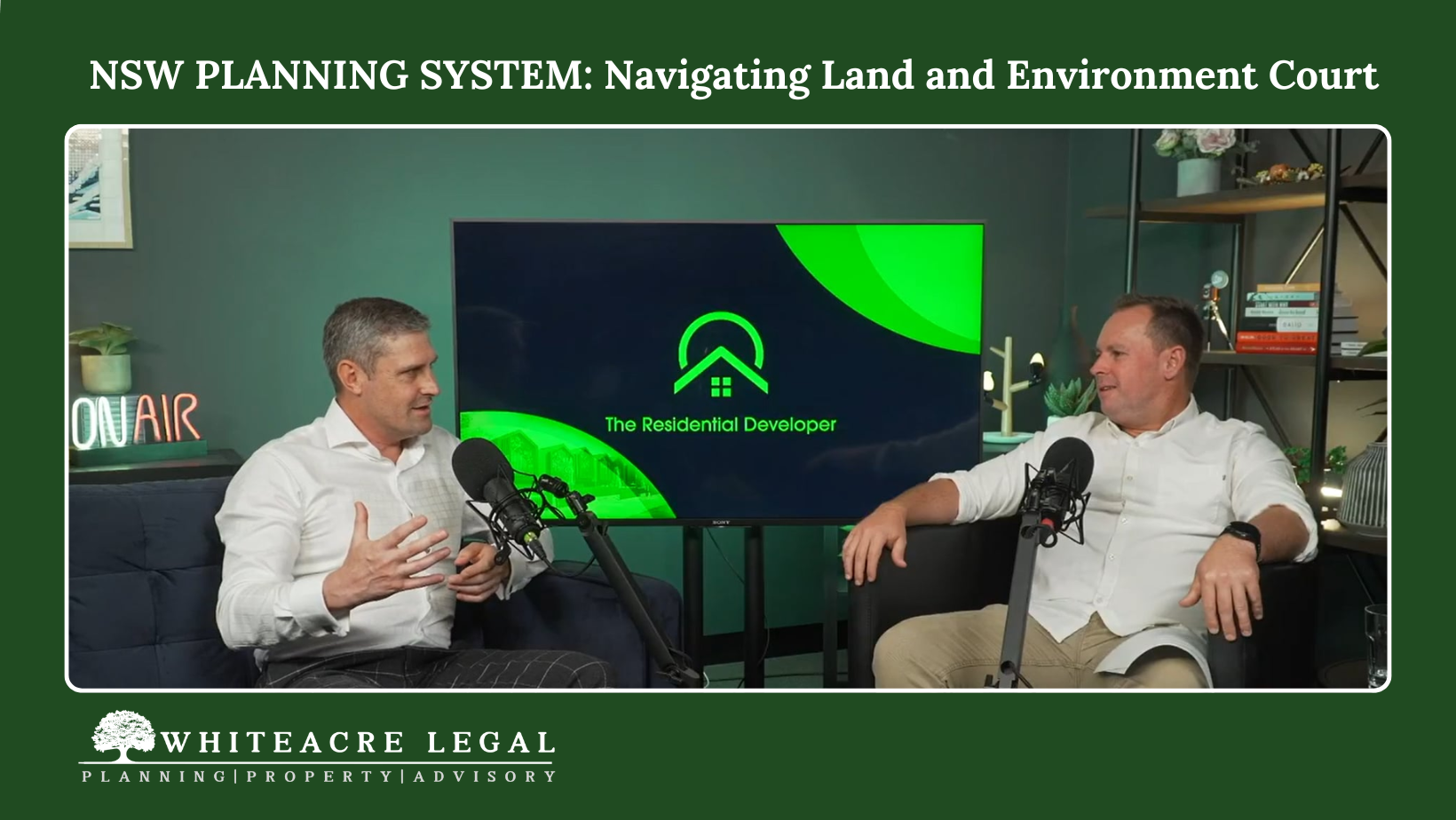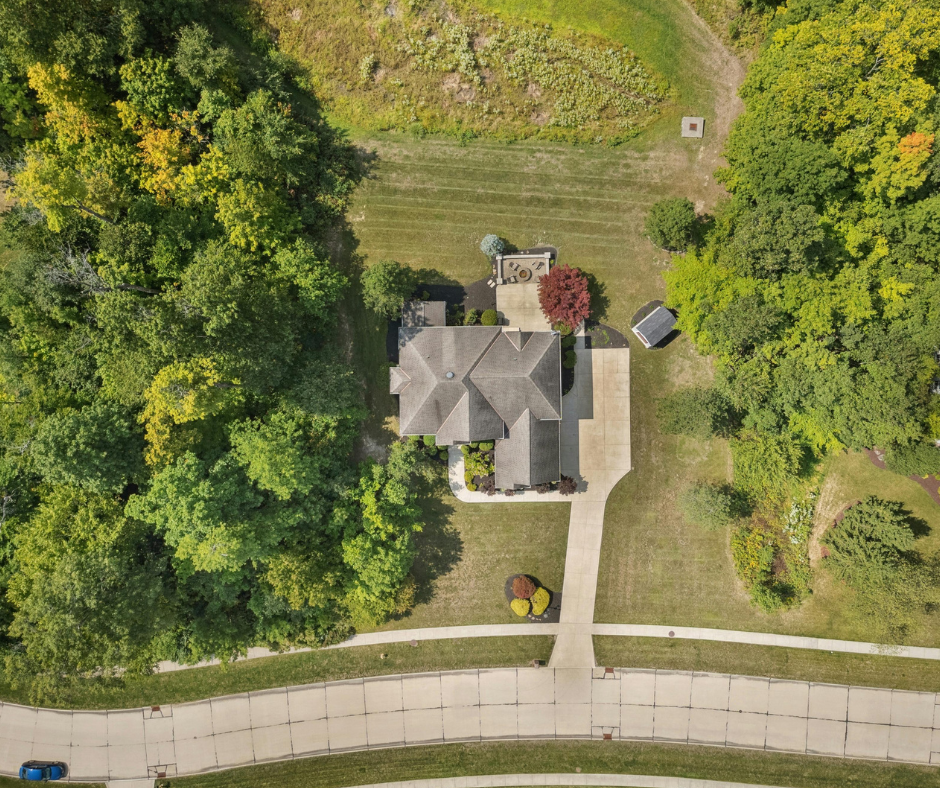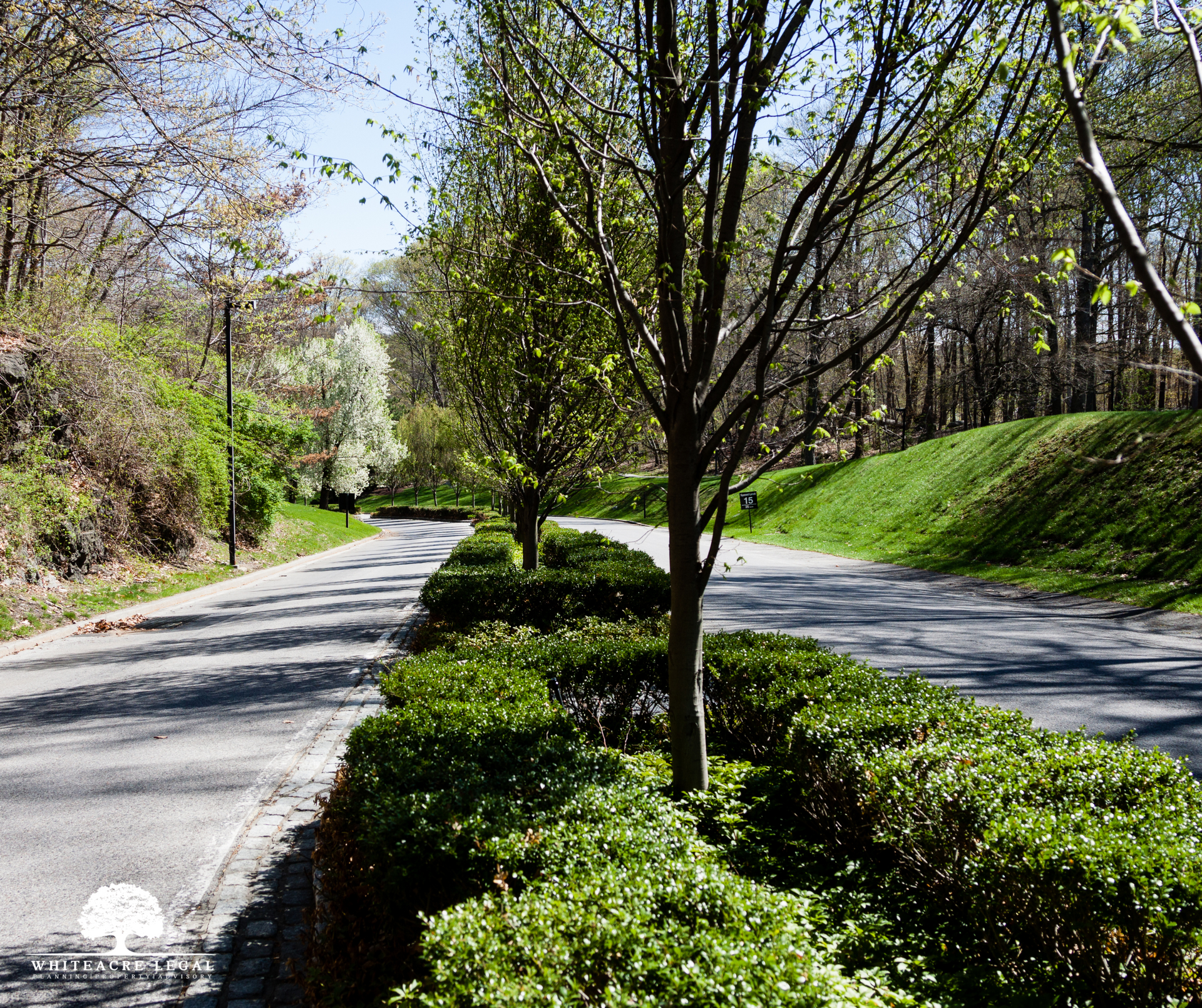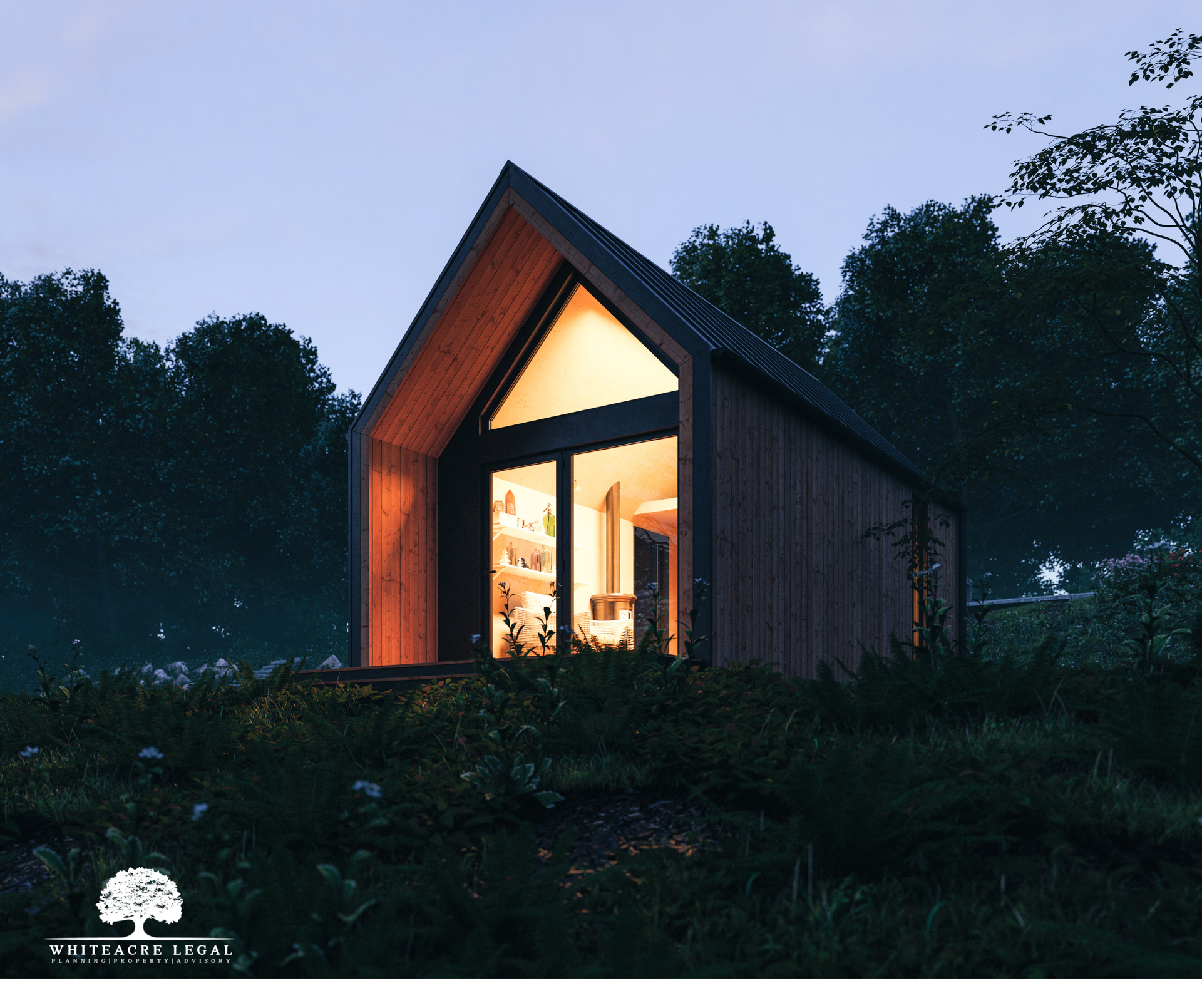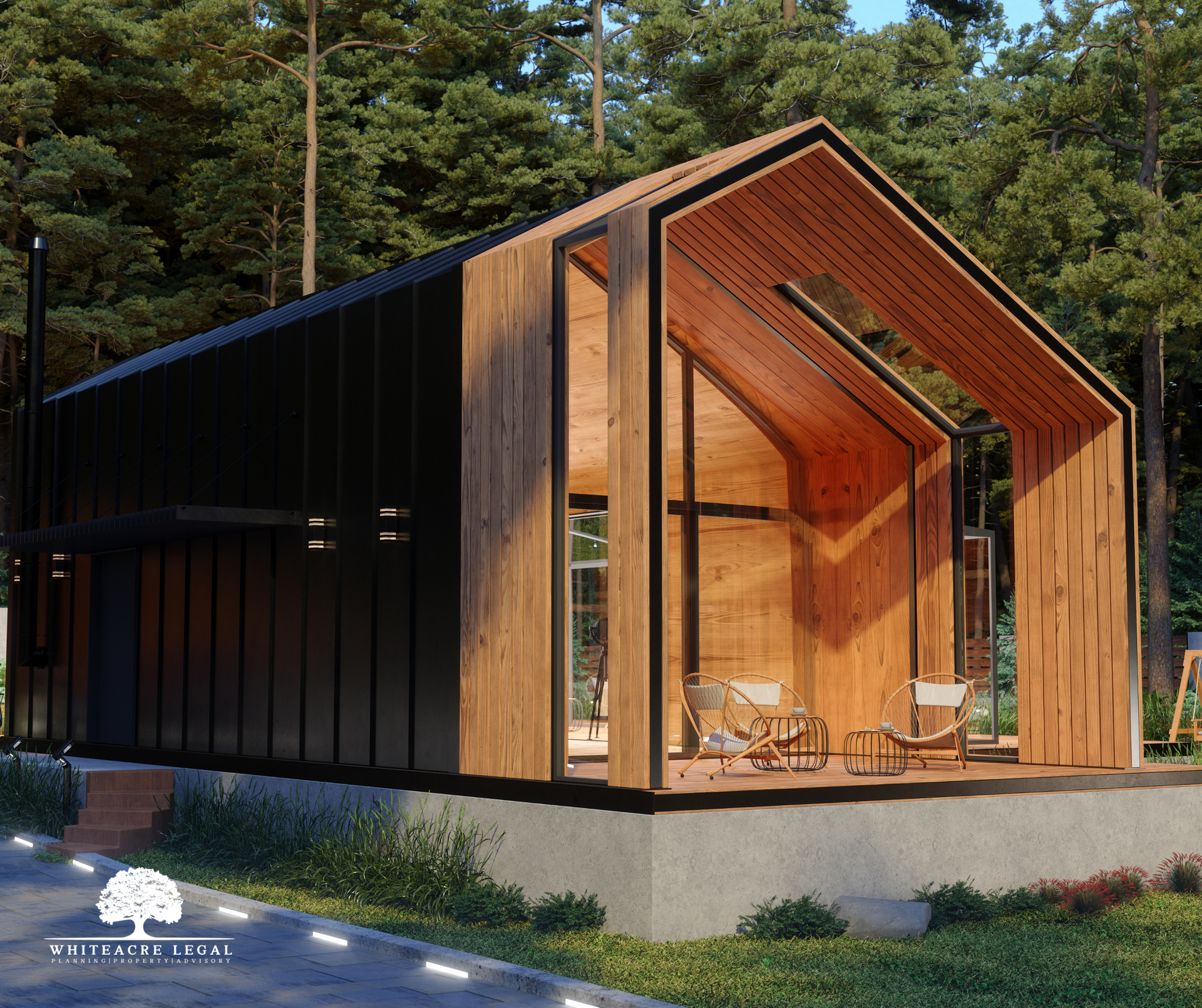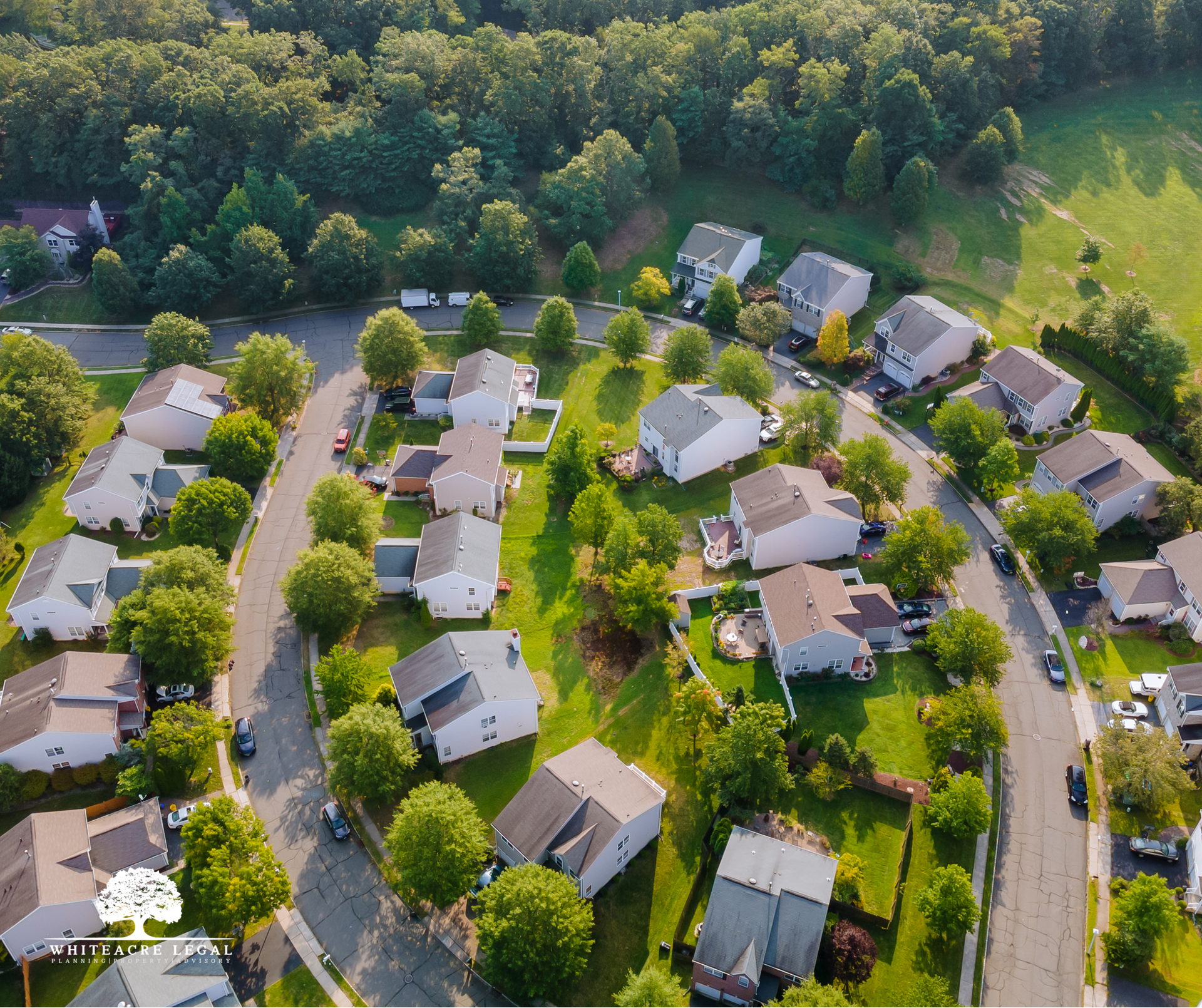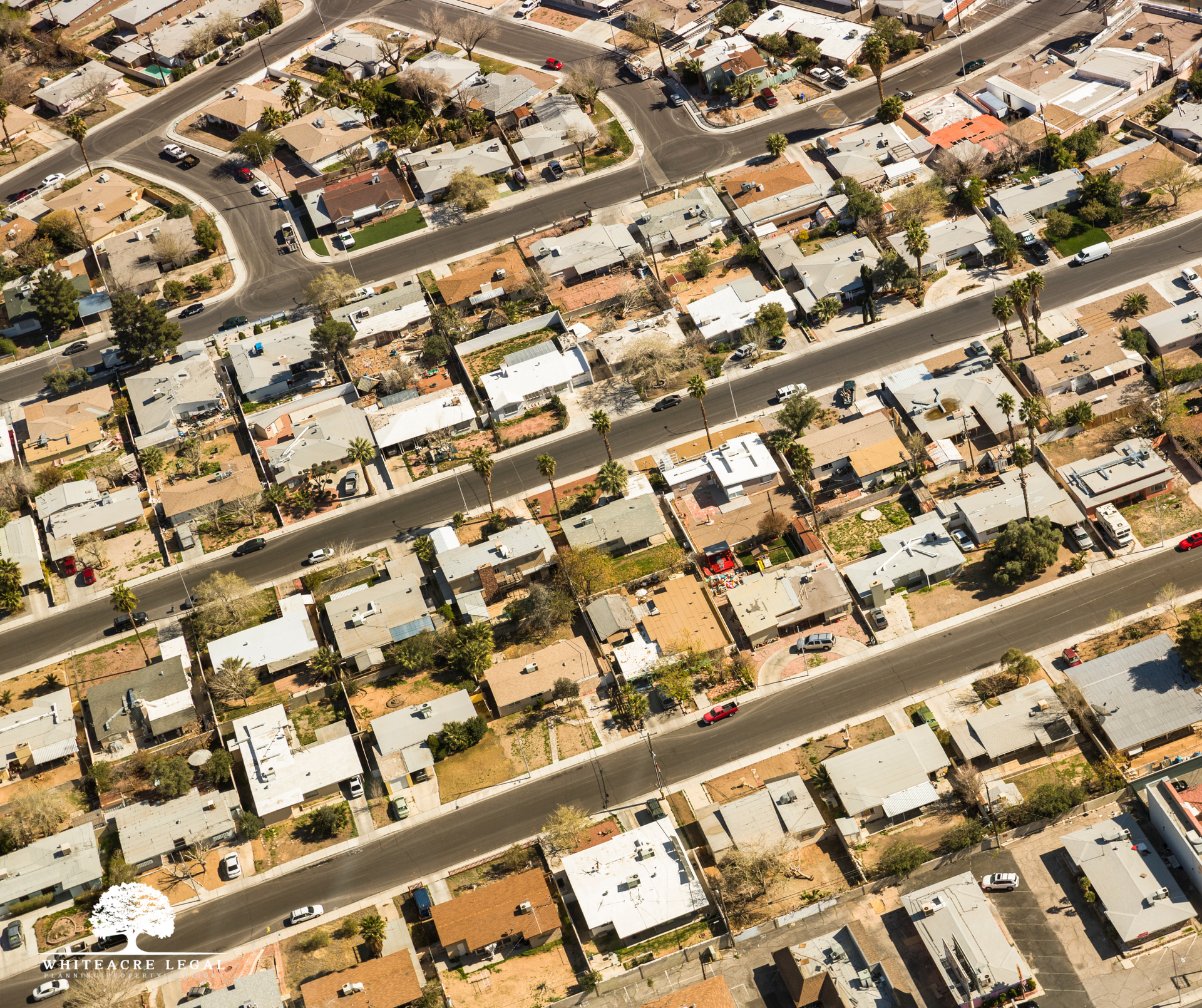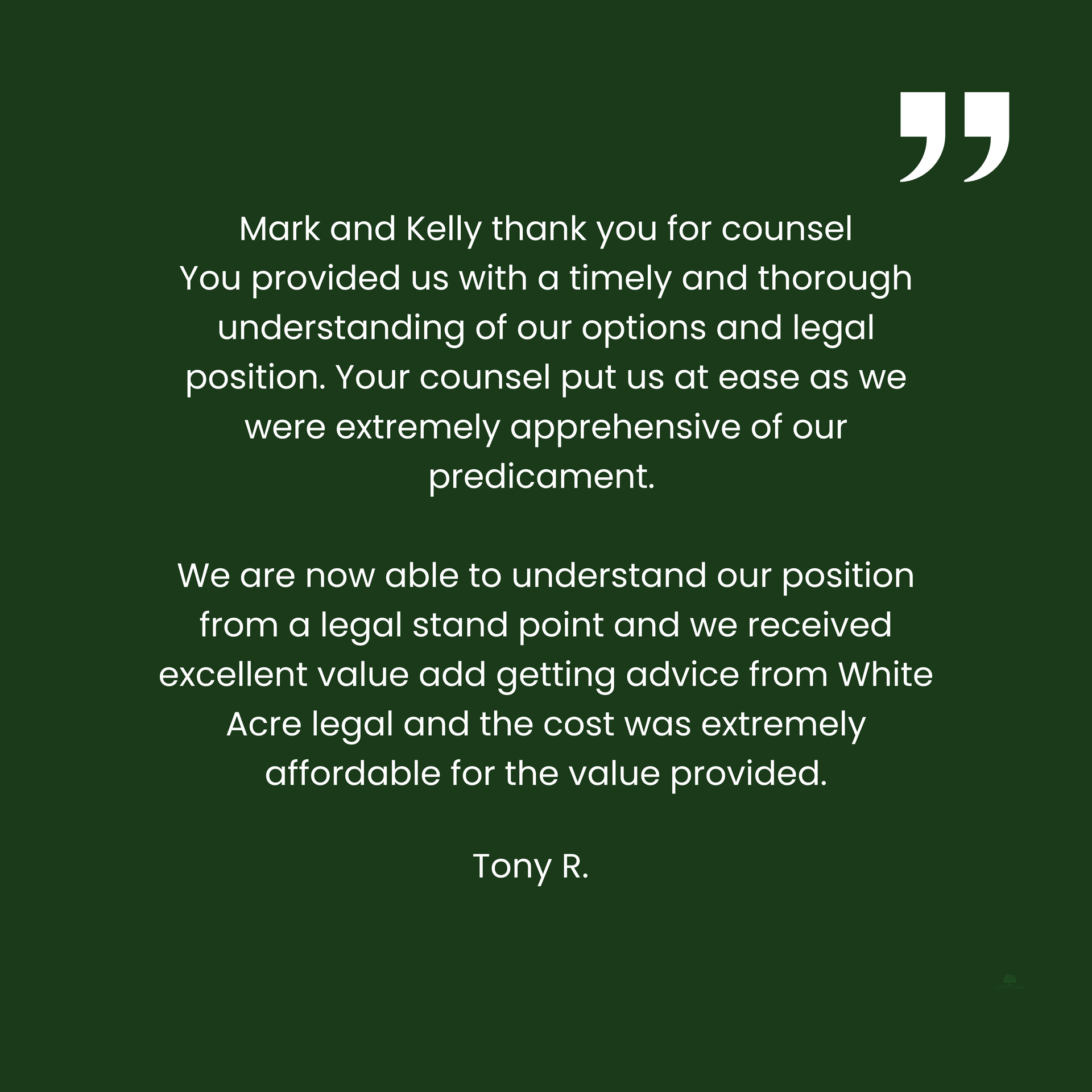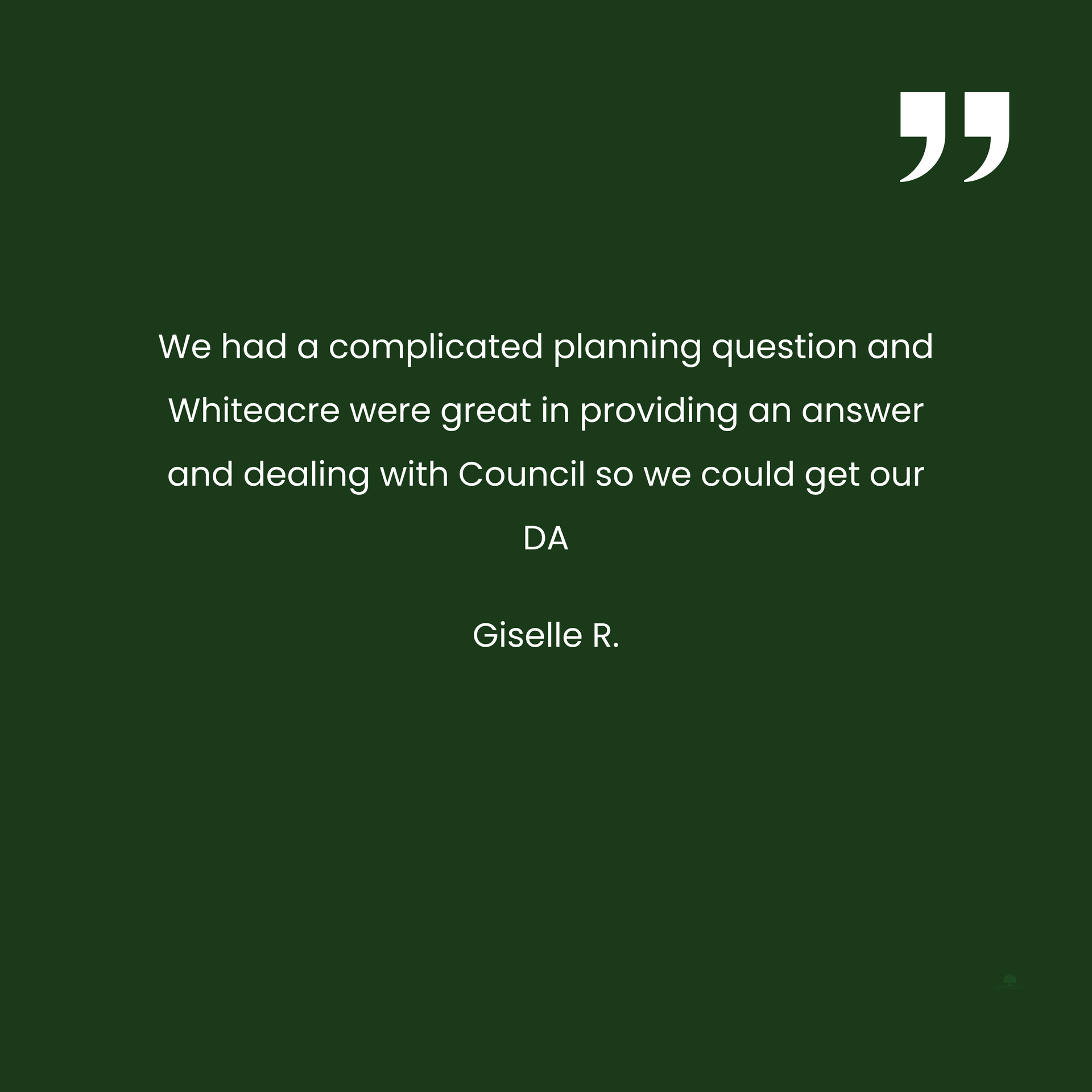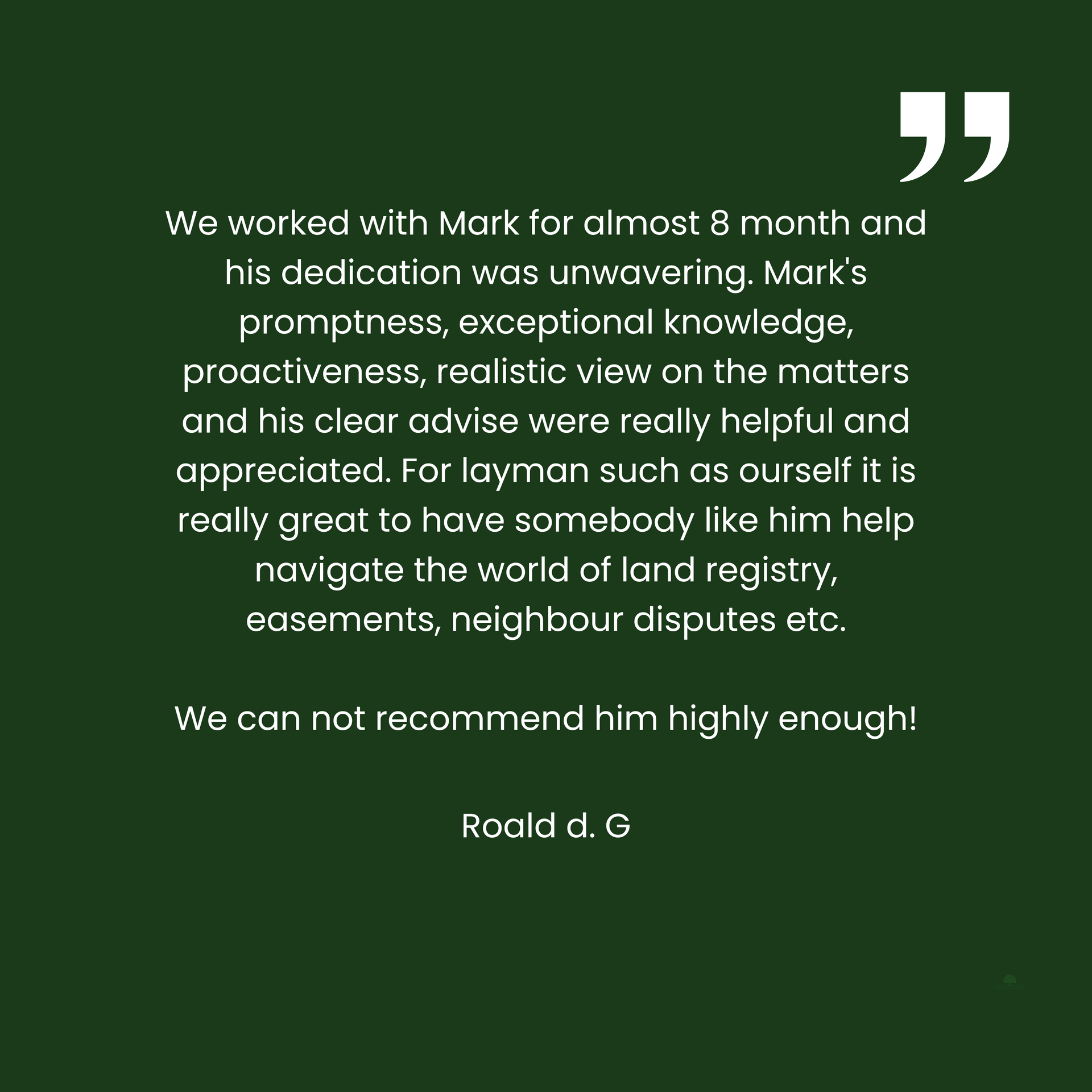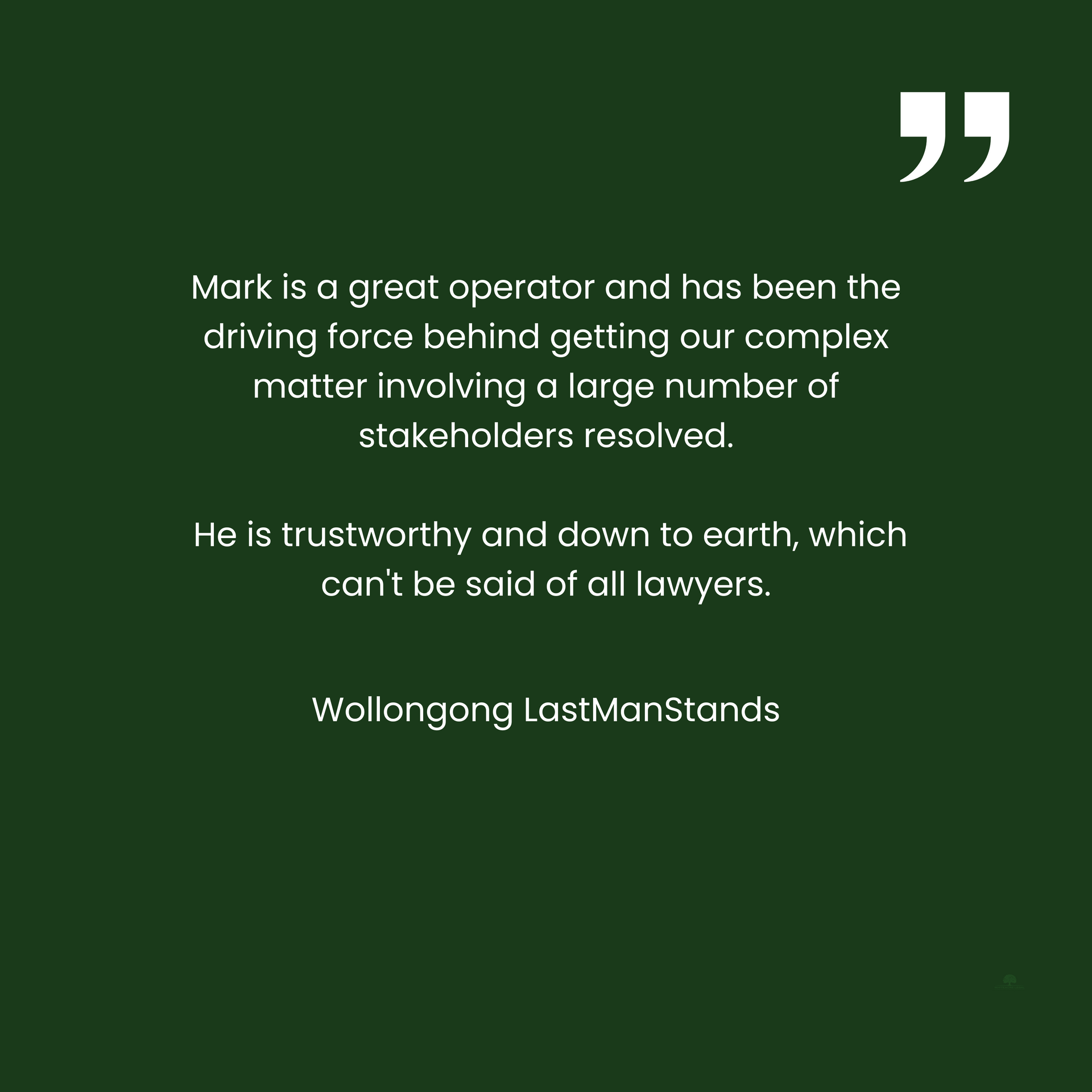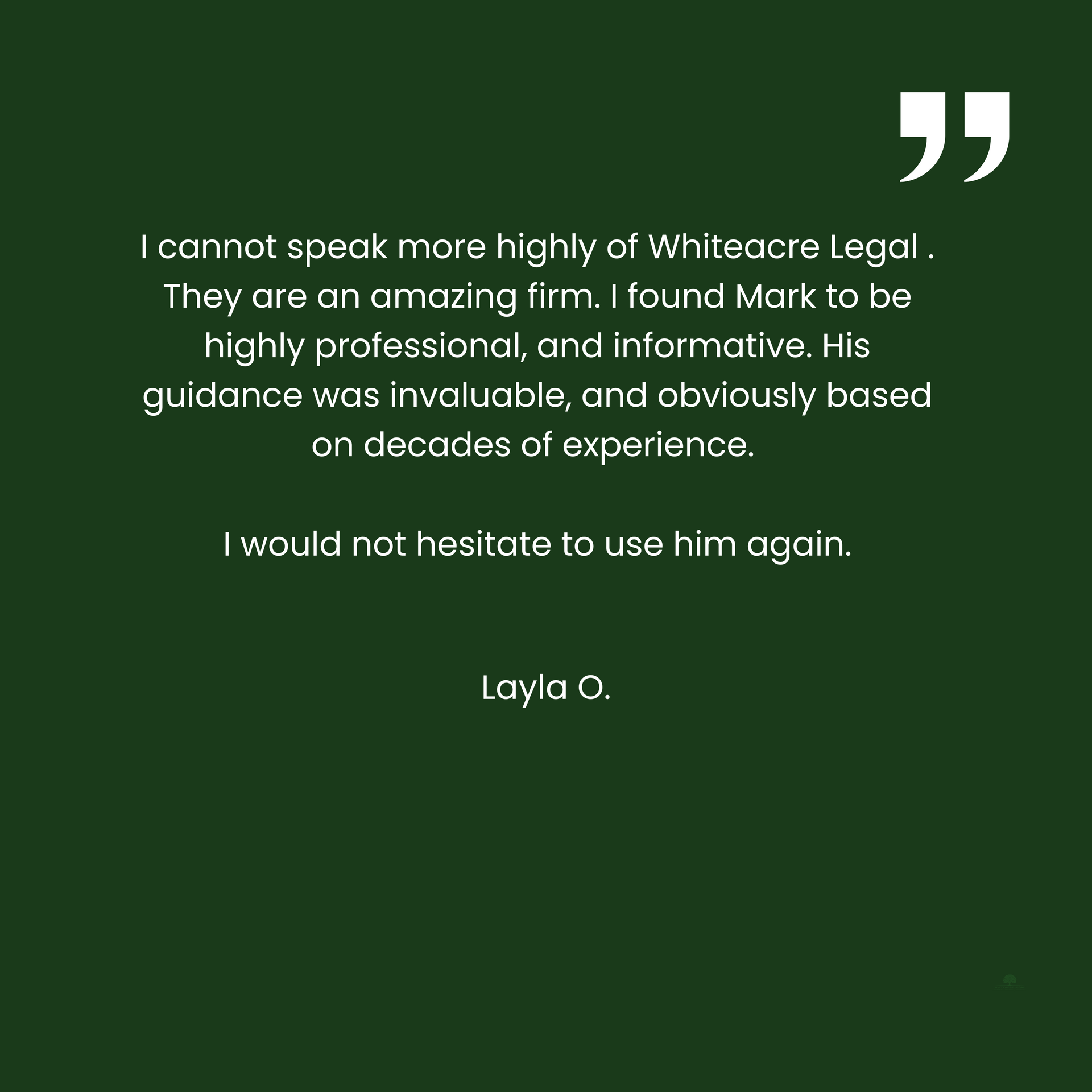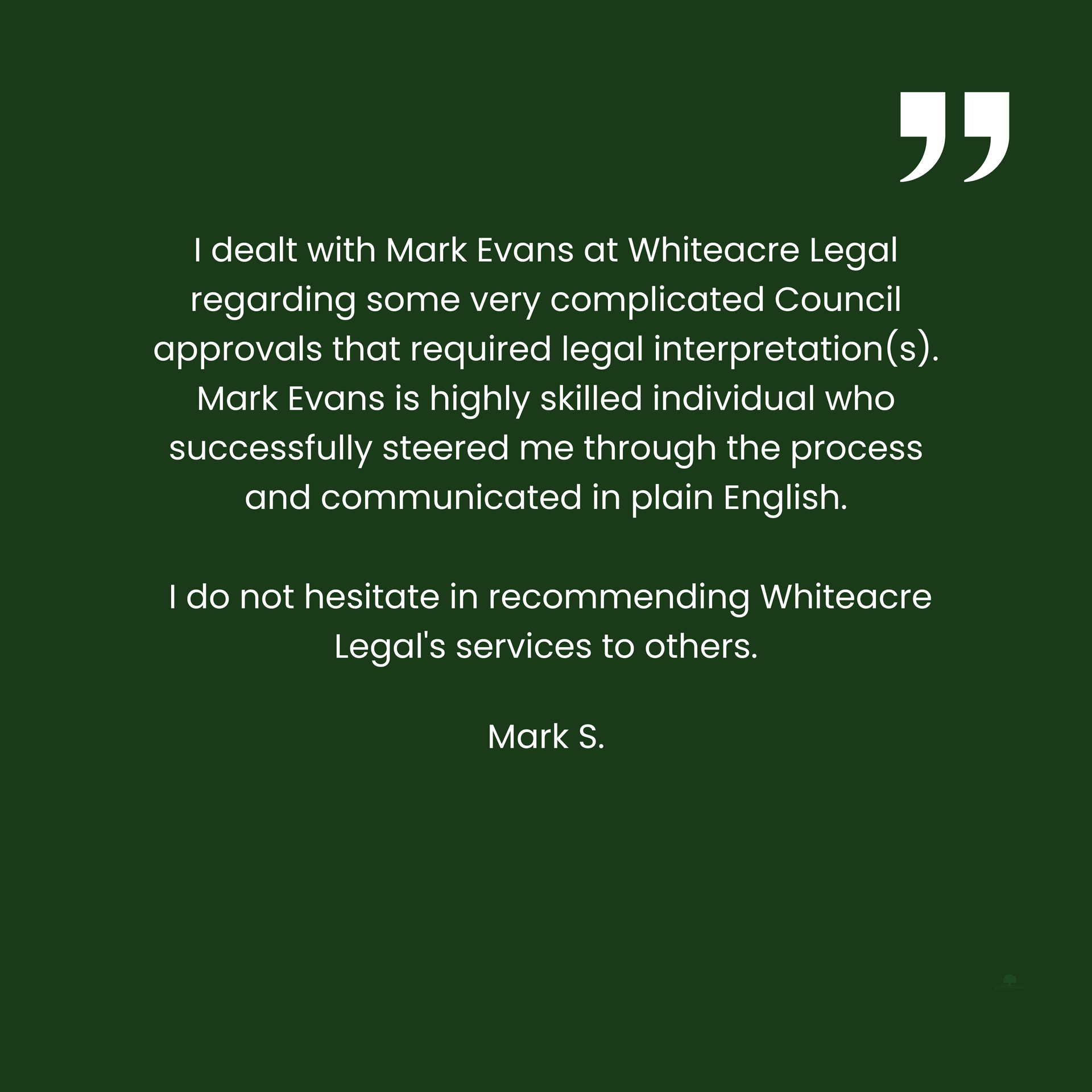Introduction to the Biodiversity Offset Scheme for Developers
A few things developers should know about the NSW Biodiversity Offset Scheme
The Biodiversity Conservation Act 2016 (BC Act) and accompanying regulations creating the Biodiversity Offset Scheme (BOS) represent a substantial overhaul of conservation laws in NSW.
This article provides a summary of the new scheme and more particularly, the options available to developers purchasing and retiring biodiversity credits (Credits).
Offsetting Impacts
Depending on your site, you will often have 4 choices to offset environmental impacts:
- find and buy suitable biodiversity credits;
- pay an amount directly into the Fund;
- undertake other biodiversity actions that qualify as biodiversity conservation measures; or
- any combination of the above.
How does the new Biodiversity Offset Scheme work?
The new BOS replaces the biobanking scheme. The BOS provides a new process for the assessment and offsetting of impacts on biodiversity values in connection with proposed development.
The BOS is designed to create a system for the creation and sale of biodiversity credits by landowners to those impacting the environment.
One of the main aims of the BOS is to establish and encourage an open market between those impacting biodiversity values (usually developers) and those managing and protecting biodiversity values in areas nearby (usually landowners).
Does the Biodiversity Offset Scheme apply to your development?
The following developments are subject to the BOS and applications for development consent must include a Biodiversity Development Assessment Report (BDAR):
- development needing consent under Part 4 of the EP&A Act (excluding complying development);
- activities under Part 5 of the EP&A Act;
- state significant development and State significant infrastructure.
If your proposed development impacts biodiversity above a certain threshold (BOS Threshold), you will need to engage an accredited assessor to prepare a BDAR.
The BOS Threshold takes into account the impact of:
- clearing of native vegetation and the loss of habitat;
- development on the following habitat of threatened species or ecological communities:
- karst, caves, crevices, cliffs and other geological features of significance;
- rocks;
- human made structures;
- non-native vegetation,
- development on the connectivity of different areas of habitat of threatened species;
- development on the movement of threatened species that maintains their lifecycle;
- development on water quality, water bodies and hydrological processes that sustain threatened species and threatened ecological communities, and
- wind turbine strikes or vehicle strikes on protected animals.
If your proposed development is “likely to significantly affect threatened species”, you will also need to submit a BDAR. Whether development is “likely to significantly affect threatened species” is determined by:
- the test in section 7.3 of the BC Act; and
- whether the development is in a declared area of "outstanding biodiversity value".
The BDAR will determine the impact of your proposed development on biodiversity values and the biodiversity conservation measures (including the retirement of Credits) needed to avoid or minimize that impact. The BDAR is a key document in the process and will govern the actions you need to take to proceed with your development. An ecologist can assist you to prepare a BDAR but it is critical that you engage a professional and experienced accredited assessor to prepare the BDAR.
A consent authority must consider the BDAR when determining whether to grant development consent for the proposed development. If consent is granted, the consent authority must include a requirement to retire Credits in the conditions of consent.
Serious and irreversible impacts
If your development will have serious and irreversible impacts on biodiversity values the consent authority cannot and will not consent to your development in its current form.
The determination of "serious and irreversible impacts on biodiversity values" varies but generally means an impact that is likely to contribute significantly to the risk of a threatened species or ecological community becoming extinct. For example, reducing the population size of a species that has a very small population size or impacting the habitat of a species that only occurs within a very limited geographic distribution.
This determination in your BDAR can relate to only some areas or sometimes the whole area of the proposed development meaning those areas cannot be cleared or impacted, regardless of any proposed offsets or biodiversity conservation measures.
Offsetting the impact of your development
Depending on the requirements contained in the BDAR and determined by the consent authority, the measures to offset your development impact are any one or a combination of the following:
- retirement of the required number and class of like-for-like Credits ("like for like" means the same threatened ecological community or class of vegetation located in the same sub region as the impacted site or within 100kms of the site);
- payment of the value of the Credits (determined by the Biodiversity Conservation Trust (Trust)) directly into the Biodiversity Conservation Fund (Fund) to satisfy the requirement to retire Credits;
- the retirement of the required Credits in accordance with the variation rules; and
- the funding of a biodiversity conservation action that would benefit the relevant threatened species or ecological community and that is equivalent to the cost of acquiring the required like-for-like Credits.
Buy credits from a credit holder privately or pay into the Fund?
Landowners generate Credits on biodiversity stewardship sites. They do this through setting aside and managing tracts of their land in return for classes of Credits which can be publicly traded through the OEH register. Credit holders (usually landowners) seek to sell the Credits to developers at a price negotiated privately between the parties.
In practice, paying an amount into the Fund will often be the most convenient (and often only) choice for a developer. The amount per Credit you must pay into the Fund is determined by the Trust according to the formula provided in the Calculator. It's best to get the accredited assessor you engage for the BDAR to calculate this amount.
The Calculator uses a 'base price' for each type of Credit multiplied by a risk factor and a Trust administration fee. The base price fluctuates and reflects the number of trades recently conducted and the price paid per Credit under those trades. The risk factor represents a risk loading the Trust applies in the Calculator to cover the Trust's risk in undertaking biodiversity conservation measures later with the money you pay into the Fund now. Usually the price per Credit charged by credit holders would be less than the cost to pay directly into the Fund as credit holders would not charge the risk factor or administration fee and both parties can negotiate a better deal.
In areas where many "trades" have already been made, the data used by the Trust in the Calculator is robust and Credits are publicly available for developers to purchase. In most areas outside of metropolitan Sydney, the Hunter Valley and the Illawarra region this is not the case and the Trust will be indirectly setting the market price through the Calculator base price for some time to come.
Buying credits – that's the end of the story?
In most cases, the Credit will be transferred by the Credit holder to the developer on settlement of the purchase. The purchaser of a Credit must apply in writing to the OEH to retire the Credit.
Buyer beware - the OEH can refuse an application to retire a Credit for a number of reasons. Most importantly if the OEH becomes aware that any payment required to be made to the Biodiversity Stewardship Payments Fund by the landowner in relation to the Credit has not been made (the Payments Fund is different to the Conservation Fund – landowners generating Credits are required to pay a dedicated amount of the money they receive from sale of the Credits to the Payments Fund). It is important for developers to ensure that appropriate checks are made and the purchase of Credits is undertaken by a professional adviser with experience in this area.
This area of law is new and rapidly evolving. Complying with your biodiversity conservation measures and purchasing Credits must be carefully managed.
Require further assistance? please do not hesitate to call us on (02) 9145 0900 or make an enquiry below.
Browse by categories

Servicing all of NSW, Whiteacre provides expert property law and planning and environment law advice and assistance.
✓ Planning Law Advice
✓ Land and Environment Court Appeals
✓ Voluntary Planning Agreements and Contributions
✓ Development Control Orders and Enforcement
✓ Property Development Advice and Due Diligence
✓ Title Structuring
✓ Easements and Covenants
✓
Strata and Community Title legislation
Book an initial consultation through our website with our planning law solicitor. Whether it's about planning and environment law or property law, you can approach us and discuss your matter to make sure we are a good fit for your requirements.

